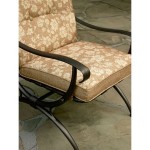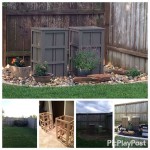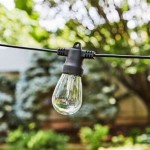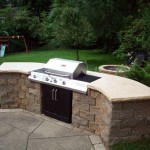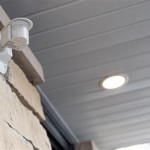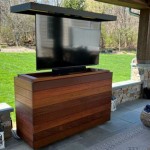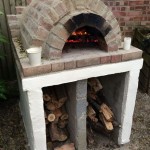Essential Aspects of Homemade Outdoor Hot Tubs
Soaking in a warm, bubbling hot tub under the open sky is an experience like no other. While commercial hot tubs can be expensive, building your own homemade hot tub is a rewarding project that can save you money and allow you to customize your spa to your specific needs.
1. Materials and Design
The first step in building a homemade hot tub is choosing the right materials. Cedar is a popular choice for its durability and resistance to rot. However, other woods like redwood or teak can also be used. The size and shape of your hot tub will depend on your available space and preferences.
2. Foundation and Frame
Once you have selected your materials, you need to build a solid foundation for your hot tub. A concrete pad or gravel base will provide a stable surface. The frame should be constructed using pressure-treated lumber and secured with galvanized screws.
3. Insulation and Liner
To prevent heat loss, it's essential to insulate your hot tub. Spray foam or rigid insulation can be applied to the walls and floor. A waterproof liner, such as a heavy-duty vinyl or EPDM liner, will protect the wood from moisture.
4. Heating and Circulation System
The heating system is crucial for maintaining a comfortable temperature in your hot tub. There are various options available, including wood-burning stoves, electric heaters, or gas heaters. A circulation pump ensures that the water is evenly heated and prevents stagnation.
5. Jets and Lighting
Jets can provide a relaxing massage and enhance the spa experience. They can be positioned around the hot tub to create different water streams. Underwater lighting adds ambiance and makes it possible to enjoy your hot tub at night.
6. Safety Features
Safety should always be a priority when using a hot tub. Install a sturdy ladder or steps to access the tub easily. A lockable cover will prevent unauthorized access and keep the water clean. Additionally, consider a ground fault interrupter (GFI) to protect against electrical hazards.
7. Maintenance and Cleaning
Regular maintenance is crucial to keep your homemade hot tub in good condition. Cleaning the filter, checking the water chemistry, and draining and refilling the water periodically will ensure your hot tub remains hygienic and enjoyable for years to come.
Conclusion
Building a homemade outdoor hot tub is a rewarding experience that can create a relaxing and luxurious backyard oasis. By carefully considering the essential aspects outlined above, you can construct a durable, safe, and inviting hot tub that will provide years of enjoyment.

I Made A Wood Hot Tub Out Of 2x6s

Diy Hot Tub Build Guide Step By Materials More Field Mag

20 Homemade Diy Hot Tub Plans And Ideas Suite 101

14 Inexpensive Diy Hot Tub Plans Insteading

Diy Hot Tub Build Guide Step By Materials More Field Mag

20 Diy Hot Tubs For Rest And Rejuvenation Decoist

14 Inexpensive Diy Hot Tub Plans Insteading

18 Ingenious Diy Hot Tub Plans Ideas Suitable For Any Budget

20 Homemade Hot Tubs That Are Budget Friendly Decoist

I Made A Wood Hot Tub Out Of 2x6s

